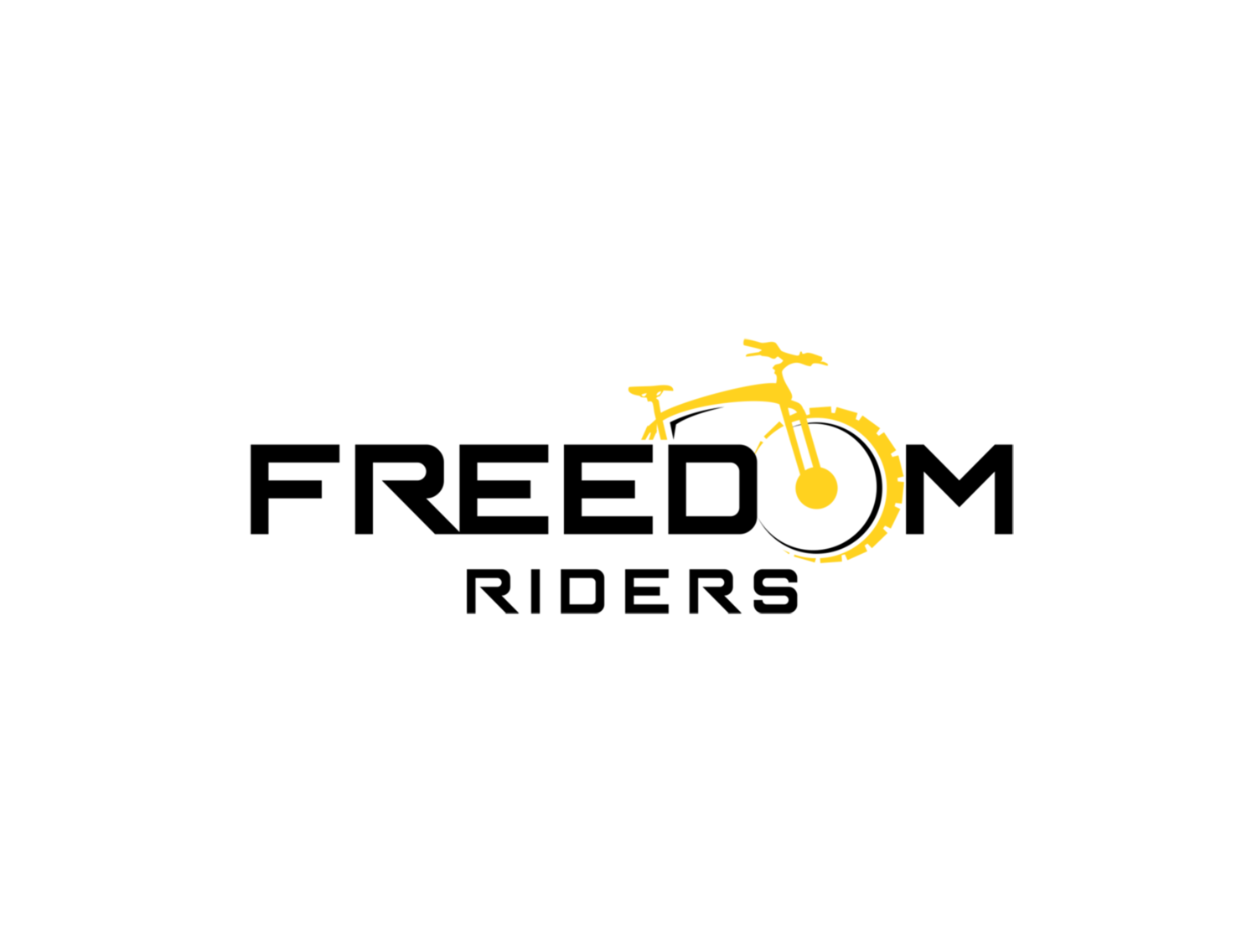Mastering the fundamentals is important in both learning how to ride a mountain bike properly and continuing to improve your skills. Elbow position is one of the keys to help control your bike in all aspects of riding including corning, conquering technical terrain and descending. Let's talk about the correct elbow position versus the incorrect position.
Actually, having correct elbow position happens almost automatically if you have good body position on the bike. Once out of the saddle get into a proper neutral position by making sure your knees are slightly bent, head up, eyes forward, heels slightly down and elbows away from your side. Once in this position it is really difficult to have your elbows in the wrong position unless you purposely move them.
Moving your elbows to in toward your sides or moving them up and forward in an exaggerated position puts your arms in a weak position and does not allow you to engage all the core muscles needed in order to maintain control of your bike.
Having your elbows in a neutral or middle position once out of the saddle puts you in a strong dynamic stance that allows you to exert the push and pull forces on the handle bars for correct cornering and allows you to maintain control when the trail gets rough.
You can easily make sure you are in the correct position by having someone take a picture of you riding around. Take multiple pictures from different angles including the front, rear and side. Once you are sure you have the correct position, practice it over and over until it comes natural so you won’t have to think about it when out on the trail.
Now keep learning and practicing your core mountain bike skills and we will see you out on the trails.









